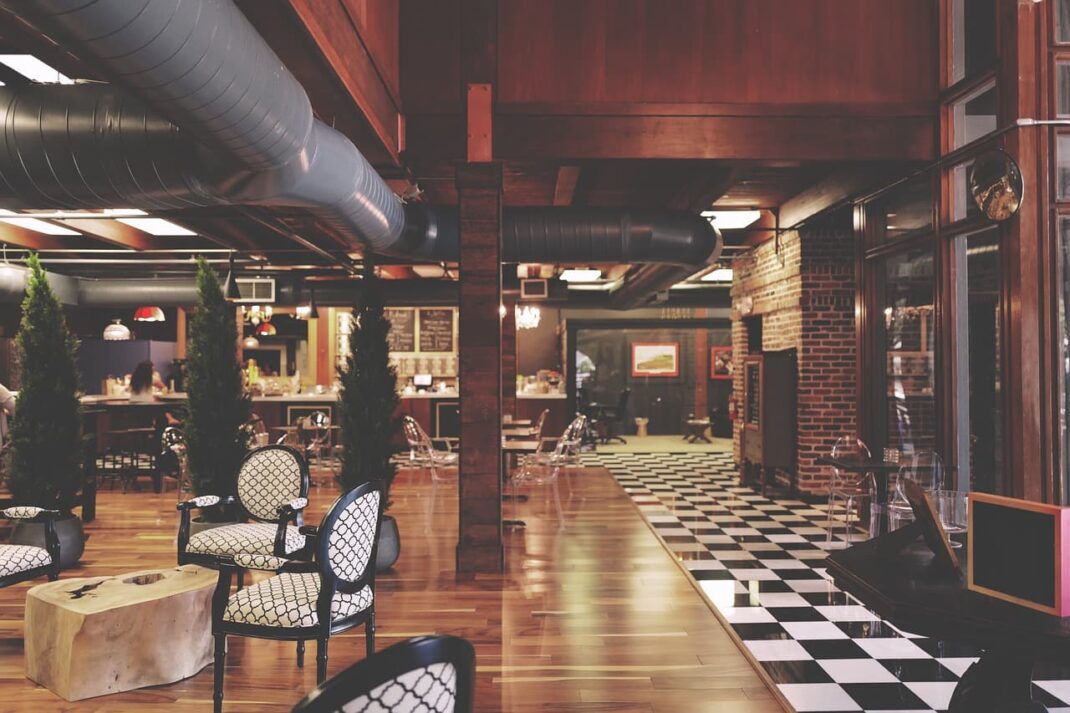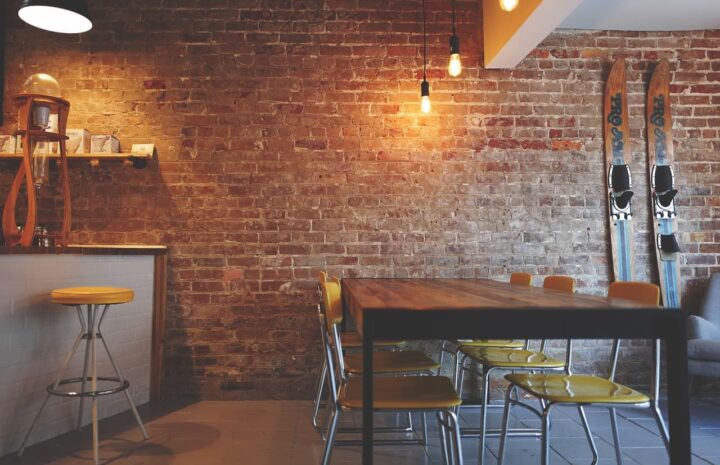As the restaurant business keeps developing at a crazy pace literally all over the world, the number of concepts for a successful and popular restaurant constantly grows.
There are many approaches to design and the general organization of space – minimalistic, oriental, Asian, family-style, farm-style, fantasy, classic, etc. Within each category, there are a plethora of ways to make the place unique, including colors, decorations, textures, menu, exclusive dishes and bar, entertainment, services, and so on.
And yet, before the wannabe restaurant owner picks a concept they like most of all, and starts planning the design and service, there are four most basic and crucial concepts they have to choose from in the first place.
These concepts are customer-oriented and address the behavior of the expected customers and the facility’s relations with the customers.
Based on the customers’ behavior and expectations, and the relations that the facility builds, the restaurant owner will have fewer issues choosing the design and deciding about the whole message and atmosphere of the place.
The customer-oriented concepts and their meaning for the restaurant are described below.
Many People, Less Time
The first concept is for the restaurant to serve more people per day but expect the people to spend less time in the facility.
A good example is a downtown restaurant that serves mainly breakfasts and business lunches for the employees of the office buildings around.
Embracing this concept means being ready to have as many places and room for customers as possible and place as many tables as possible. The kitchen should be oriented on cooking fast, the preference may be given to nourishing food over exquisite food, and fixed business breakfast or business lunch menus might be used.
Lunch of the day and hourly happy hours might also become part of the marketing strategy if the restaurant wants a bigger turnover of people in a shorter time.
This concept might not seem very attractive because it turns the restaurant basically into a diner, but it can be efficient and profitable, especially if the facility is located in the right place and offers better services than its competitors around.
Fewer People, More Time
This concept is oriented toward keeping the visitors relaxed, entertained, and spending more time in the restaurant rather than just waiting for their food, eating it, and going away.
When the restaurant wants the customers to stay longer it means they have time for that. Maybe they have a day off, a date, a meeting with friends, or an informal business meeting to talk in a relaxed atmosphere.
In this case, the restaurant is expected to provide more space around each table to let people have private talks without being listened to by other people. The whole design, lighting, and service should be more relaxed.
This does not mean that the customers have to wait for their food for an hour and then wait for another 30 minutes for the waiter to bring the bill. But it does mean that they can order several dishes or several glasses of wine over the time they spend in the restaurant, go have a smoke break, even play a table game or sing karaoke.

Attracting New Customers
If the restaurant chooses a concept of attracting new customers, again and again, this strategy has to be based on something – for example, on the facility’s location where the visitors are mostly tourists and they have to be attracted by something unique to choose the facility among its competitors.
Attracting new customers all the time usually means having a unique design and visual concept, really standing out from the crowd in visual terms. Also, the restaurant has to do a really good job in describing its menu and services in the best way possible in the fastest way possible, to attract the attention of the people walking by.
Happy hours, exclusive offers, lotteries, and presents for visitors may sound cheap, but these may work excellently if the facility takes advantage of its marketing strategy and tactic.
Really fast service and making the customer happy by bringing them a glass of juice or wine for free immediately after they sit at the table is one of the key ingredients for building a successful concept of attracting new customers.
Keeping Old Customers
If a restaurant, due to the nuances of its location or other aspects, mostly places its focus on keeping its old and regular customers happy, it should consider making itself a place where every waiter and bartender remembers every customer and their preferences.
Changing the music, bringing an extra blanket or pillow, and having small talks with regular customers are the musts of being successful in this restaurant concept.
The restaurant should also be ready to have all its tables booked in advance by the old customers so it will have to disappoint new visitors just walking by and dropping in to see what’s going on.
